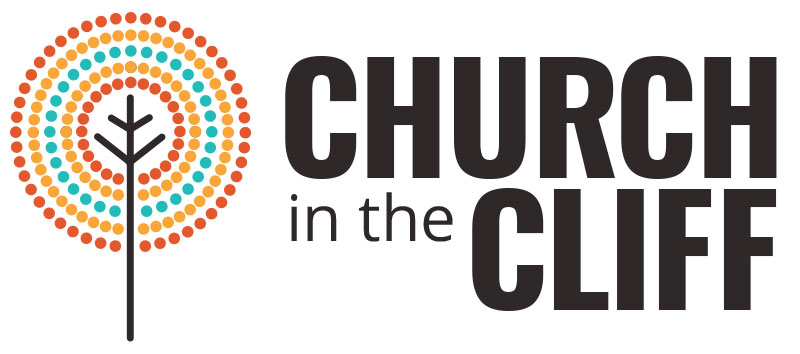Growing up a in an evangelical tradition, our focus was always on conversion, getting people saved. It was understood as a one-time, all-or-nothing event. There was always some discussion of what came after, but it was a little muddled. That one event made us a new creature, casting aside the concerns of the flesh. However, I was not alone in the realization that I was still very concerned with the flesh, especially as, in my teenage years, flesh became so much more interesting. There was always a disconnect between what I was supposed to be experiencing and what I actually experienced, which called the whole thing into doubt.
What I didn’t know was that this was not the way things were for the vast majority of Christian history. For the first 1500 years, infant baptism was the dominant practice and the way that the majority of people came into the faith. It was the means by which one became a Christian, so one was a new creature almost from the moment of being a creature at all. That required a greater focus on what came after. If being a Christian means to be “like Christ,” there must be some way of developing that likeness.
We did have this growing up; it was called “discipleship.” However, judging by what I was taught in all my Bible studies and church camps, being like Christ only meant two things. First, it was about converting others. Second, it was about a narrow set of ethics that focused solely on personal piety: “Don’t drink, don’t smoke, don’t chew – and don’t go with girls who do.” If we were supposed to evangelize – to spread the Good News – I have to wonder whether that sounds like good news to anyone.
In the older tradition, this ongoing process was a little more nuanced and robust; it was called “divinization,” “deification,” or “theosis.” It literally means to become God. Of course, this gives modern Christians palpitations. The whole point of religion is to understand that we are not God and can never be God. God is above and we are below. God is holy and we are profane. But that’s not completely true.
First, there has always been some notion that there is a part of us that is divine. In the Garden of Eden, God breathed the breath or Spirit of God into us. It is the thing that gives us life, the thing that animates us. Without that divine breath, we are not alive. The Quakers call this the Divine Spark or the Divine Light. In some theological understandings, it is thought that this divine light (or breath or seed or image) is effaced or covered or damaged, but there is still the idea that it is there and can be repaired, redeemed, or healed. In the oldest understanding, before theology became obsessed with faith and works or law and grace, it was simply something that was there and could be nurtured and cultivated.
Second, it’s important to understand what this means. We do not become gods; we become God. That is, we do not increase our power to rival God. Rather, we become one with God, united in compassion, vulnerability, and love. God is not “up there” ruling over us, but is everywhere participating in the creation and salvation of the world. As we become more integrated into the life of God, we more fully participate in that process of creation and salvation. We become vulnerable to the world, just as God is; we see it as it is and are moved to compassion, just as God is. We hunger for peace and thirst for justice, just as God does.
Saints, the Holy Ones, are those people who have achieved absolute unity with God. The reason miracles matter is that they are evidence that this person is capable of acting in the world as God does. They can intercede in history as God does because they are completely one with God.
Of course, we have for our saints a slightly different understanding of miracles. For us, we understand that the world is headed in a particular direction through longstanding systems of power, but, every now and then, someone comes along and kicks the world out of that orbit. Sometimes that might be the result of a lifelong search for justice. Sometimes, it means a momentary channeling of divine rage that has consequences beyond what anyone might have planned. Whether for a moment or for a lifetime, these are people who knew who they were in the times that mattered most. They found their voices and put their bodies on the line to give the world that kick.
So, without further ado, here are the Saints of Church in the Cliff for 2017 and the schedule for the series:
September 17 – Marsha P. Johnson, self-identified drag queen who was instrumental in the Stonewall Uprising
September 24 – John Henry Faulk fought the blacklisting of the McCarthy era and was a personal friend and mentor to St. Molly Ivins and our own David Marquis
October 1 – Celebrate the Feast Day of St. Francis of Assisi
October 8 – Maria Montessori, pioneer in education; we probably wouldn’t need church if we all started out in Montessori
October 15 – Ida B. Wells, born a slave, became a civil right leader, including founding the NAACP
October 22 – Nina Simone, a brilliant musician, she sang with passionate rage at the treatment of black women in America
October 29 – Celebrate All Saints/All Souls
